On Lanzarote’s neighbouring island, Fuerteventura, scientists and islanders are nervously awaiting the return of baby turtles that were born on the island 16 years ago.
There are seven species of sea turtle, and six of them have been recorded in Canarian waters. However, only three are seen regularly. The leatherback is the largest, an immense creature that can measure 2.7 metres and weigh half a tonne, while the green turtle is familiar to children as the character Crush in Finding Nemo.
But the most frequently seen turtle on the islands is, without a doubt, the loggerhead turtle (Caretta caretta). Known as the “tortuga boba” (stupid turtle) on the islands because fishermen found it so easy to capture them as they floated on the sea; it is, in fact, a highly intelligent creature.
Turtles aren’t easy to see. There have been cases of turtles visiting local marinas, but most sightings will be made by sailors or divers, and those who are lucky enough to encounter these beautiful creatures in the wild rarely forget the experience.
In over 20 years on the island, I’ve seen three – one glimpsed briefly from a boat, another moving across the seabed while snorkelling, and, finally, an unforgettable meeting while training for a swimming contest, when the turtle appeared to dance in the water as it examined me, then allowed me to swim alongside it for several hundred metres.
Sadly, several turtles are also discovered washed up dead or severely injured, usually entangled in fishing equipment. It’s one of several threats that have made the loggerhead turtle an endangered species in the Atlantic.
Turtles are often accidentally caught by fishermen longlining or trawling for other species. They are vulnerable to oil spills, and often die entangled in fishing nets. The rise of plastics has led to another threat – tortoises often mistake plastic bags or other plastic waste for the jellyfish they love to eat.
Finally, there is loss of habitat. Turtles breed on remote, isolated beaches, burying their eggs in the sand. Until tourism arrived on the Canaries, many of those beaches still existed on the islands, with no practical use for fishermen or locals. But the arrival of tourism, large hotels, streetlights and noise reduced their numbers to the point where turtles were no longer breeding on the islands.
In 2006, a project was born to establish turtles at Cofete in Fuerteventura, a stunning 12-kilometre beach that has remained largely tourist-free due to its inaccessibility. Turtle eggs were brought to the island from Cabo Verde, the African island nation 1,500 kms south of the Canaries.
In 2009, the first hatchings occurred, with more than 500 turtles emerging. This is usually the most dangerous time in a turtle’s life, with seabirds and fish feasting on the babies as they try to make it to open waters. However, at Cofete they were taken to a turtle nursery and released safely once strong enough. The project was so inspiring that Queen Sofía of Spain arrived to help, and around a thousand turtles were raised and released in the first years of the project.
Now, the project founder, Tony Gallardo, and his team are eagerly awaiting the return of the babies they freed all those years ago. Female turtles reach their breeding age from between 17 and 33 years of age, and always return to the beach where they were born on to breed. The first turtles to return are expected any time in the next three or four years.
Many, of course, will never return. Gallardo believes that only 1% may survive, but if those ten turtles do return and successfully lay 100 eggs, the project will have been a success.

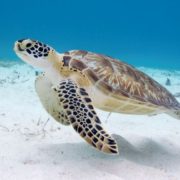
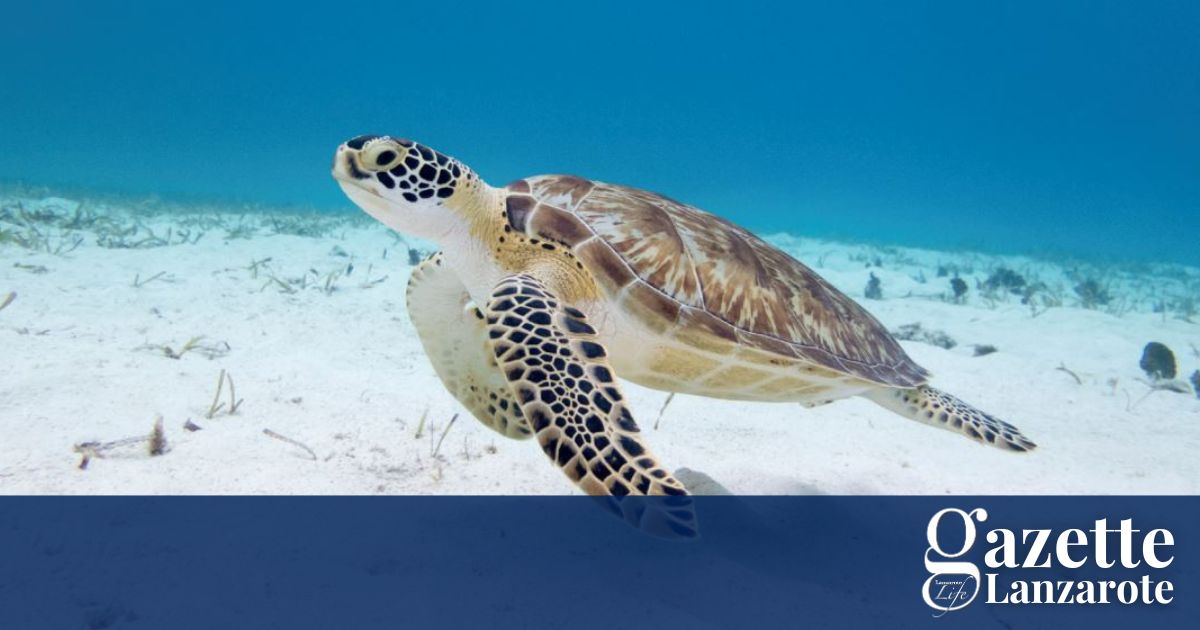
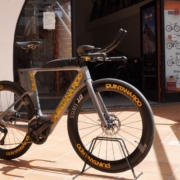
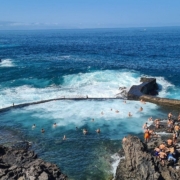



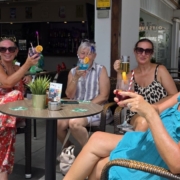


Leave a Reply
Want to join the discussion?Feel free to contribute!